Introduction
Zongzi, a traditional Chinese rice dumpling wrapped in bamboo or reed leaves, has become a beloved culinary delight worldwide. These pyramid-shaped treats, often filled with ingredients like glutinous rice, pork, mung beans, or sweet red bean paste, are closely associated with the Dragon Boat Festival. However, their popularity extends beyond cultural celebrations, with many households freezing leftovers or preparing batches in advance for convenience. A common query among zongzi enthusiasts is: How long can thawed frozen zongzi be stored safely without compromising taste or health? This article delves into the science of food preservation, safety guidelines, and practical tips to ensure your thawed zongzi remains delicious and safe to eat.
Understanding Zongzi and Freezing Basics
Before addressing storage duration, it’s essential to grasp why freezing is a common practice for zongzi. These dumplings are labor-intensive to prepare, involving hours of soaking, stuffing, and wrapping. Freezing allows enthusiasts to enjoy them year-round without repeated preparation. However, improper thawing or storage can lead to bacterial growth, spoilage, or loss of texture.
The Freezing Process
When frozen, zongzi’s moisture content solidifies, halting microbial activity. This preservation method extends shelf life significantly, but thawing reintroduces conditions conducive to bacterial growth. The key to safe storage lies in controlling temperature and exposure to air.
Proper Thawing Methods: The First Step to Safety
Thawing zongzi correctly is as critical as freezing it. Improper methods can accelerate spoilage or create uneven textures. Here are three recommended approaches:
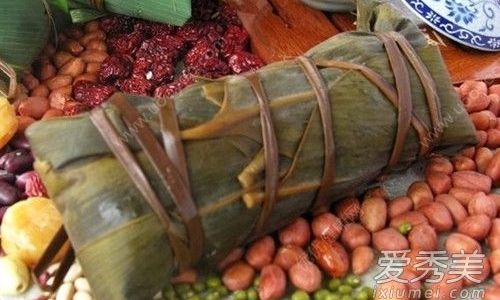
-
Refrigerator Thawing (Safest Method)
- Place frozen zongzi in a sealed container or airtight bag to prevent cross-contamination.
- Thaw in the refrigerator at 40°F (4°C) or below.
- Duration: 12–24 hours, depending on size.
- Benefit: Maintains food safety by keeping temperatures below the danger zone.
-
Cold Water Thawing (Faster Alternative)
- Submerge sealed zongzi in cold water, changing the water every 30 minutes.
- Duration: 2–3 hours for standard-sized dumplings.
- Caution: Cook immediately after thawing to prevent bacterial growth.
-
Microwave Thawing (Quickest Method)
- Use the microwave’s defrost setting, checking every 2 minutes.
- Risk: Partial cooking may occur, altering texture.
- Recommendation: Only use if planning to reheat and consume immediately.
Factors Influencing Thawed Zongzi Storage Time
The shelf life of thawed zongzi depends on several variables:
-
Temperature Control
- Refrigerated (40°F/4°C or below): 3–4 days maximum.
- Room Temperature (above 40°F/4°C): Discard after 2 hours to avoid bacterial proliferation.
-
Ingredients
- Meat or Egg Fillings: Spoil faster than vegetarian or sweet varieties.
- High Fat Content: Accelerates rancidity in thawed zongzi.
-
Packaging
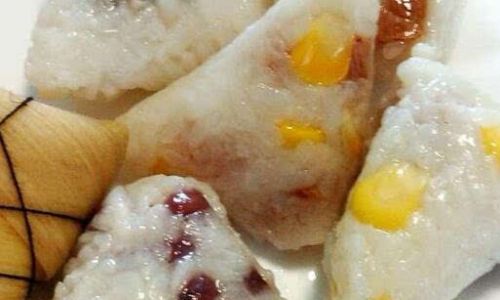
- Airtight containers or vacuum-sealed bags minimize oxygen exposure, slowing bacterial growth.
- Avoid leaving thawed zongzi in original freezer packaging, which may trap moisture.
-
Initial Cooking Method
Zongzi cooked thoroughly before freezing lasts longer than undercooked batches.
Safety Guidelines: When to Discard Thawed Zongzi
Foodborne pathogens like Staphylococcus aureus, Bacillus cereus, and Salmonella thrive in improperly stored zongzi. Symptoms of contamination include nausea, vomiting, and diarrhea. To avoid illness:
- Smell Test: Spoiled zongzi emits a sour or fermented odor.
- Texture Check: Sliminess or excessive stickiness indicates spoilage.
- Visual Inspection: Mold, discoloration, or liquid leakage are red flags.
- Timeframe: Adhere strictly to the 3–4 day refrigerated rule.
Extending Shelf Life: Pro Tips for Zongzi Lovers
-
Portion Control
Freeze zongzi in single-serving sizes to avoid repeated thawing and refreezing.
-
Labeling
Date packages before freezing to track freshness.
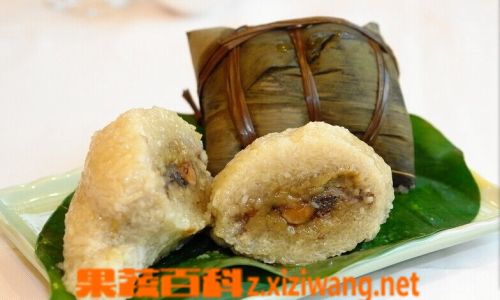
-
Reheating Practices
- Steam or boil thawed zongzi until piping hot (165°F/74°C internal temperature).
- Avoid microwaving without a damp paper towel to prevent dryness.
-
Cooling Before Freezing
Allow cooked zongzi to cool completely before freezing to prevent ice crystal formation.
Common Mistakes to Avoid
- Thawing at Room Temperature: Leaves zongzi in the bacterial “danger zone” (40°F–140°F/4°C–60°C) for too long.
- Refreezing Without Cooking: Thawed zongzi should never be refrozen unless reheated first.
- Ignoring Expiry Dates: Freezer burn or freezer taste can develop after 3–6 months, even if unopened.
- Using Warm Containers: Store thawed zongzi in cold, clean containers to prevent condensation.
Zongzi vs. Other Frozen Foods: A Comparative Analysis
Unlike bread or dumplings, zongzi’s dense, sticky texture and leaf wrapping affect thawing dynamics. For instance:
- Dumplings: Thaw faster due to thinner wrappers but share similar storage guidelines.
- Meats: Red meat or poultry stored in freezers have longer shelf lives but require different handling.
- Baked Goods: Prone to staleness, whereas zongzi risks microbial growth if mishandled.
Cultural Context: Preserving Tradition Safely
The Dragon Boat Festival’s zongzi-making traditions often involve large batches. Freezing allows families to honor heritage without waste. However, balancing tradition with food safety requires education on proper thawing and storage.
Conclusion
Thawed frozen zongzi can be stored safely for 3–4 days in the refrigerator, provided strict temperature control and hygiene practices are followed. By understanding the science of freezing, avoiding common pitfalls, and adhering to sensory checks, enthusiasts can enjoy this culinary treasure without risk. Whether you’re savoring a sweet red bean zongzi or a savory pork-filled variety, proper handling ensures both flavor and safety.
FAQs

-
Can I refreeze thawed zongzi?
Only if reheated thoroughly first. Partial thawing and refreezing risk contamination.
-
How long does frozen zongzi last?
3–6 months in an airtight container, though quality declines after 3 months.
-
Can I thaw zongzi in hot water?
No, as it elevates temperatures into the danger zone.
-
Why does my zongzi taste sour after thawing?
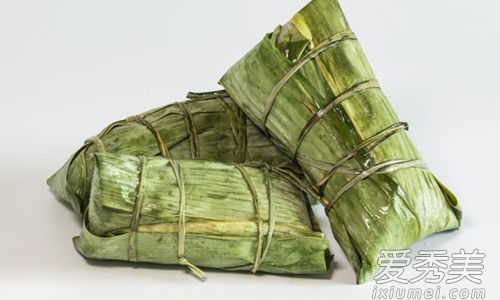
Bacterial fermentation has occurred—discard immediately.
-
Is vacuum-sealing necessary for freezing?
Not mandatory, but it significantly extends freezer life by preventing oxidation.
By mastering these guidelines, you’ll ensure every bite of zongzi is as safe as it is satisfying.
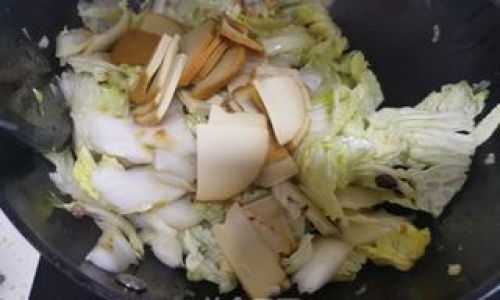
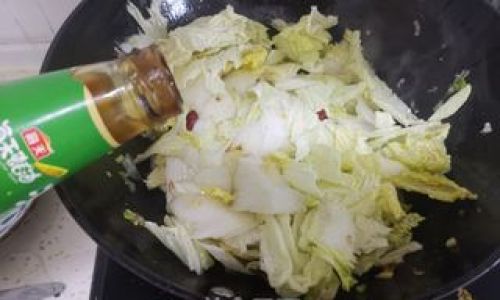
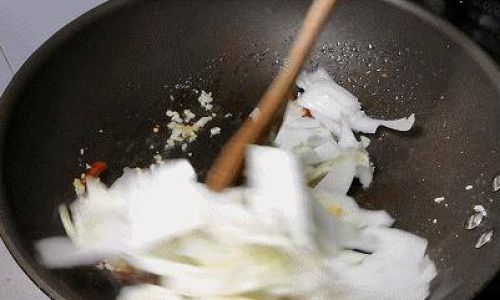



0 comments